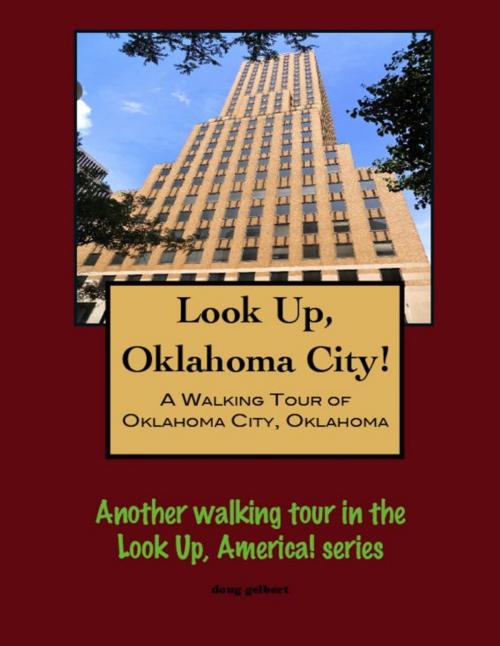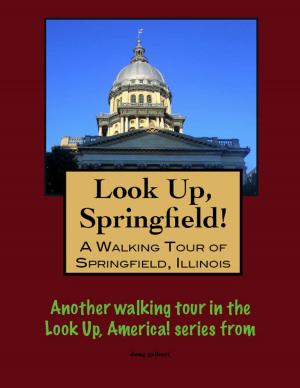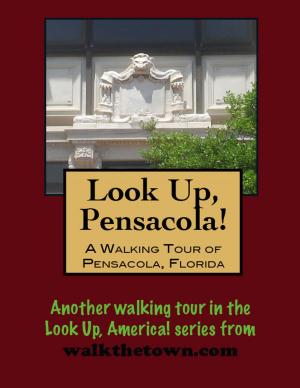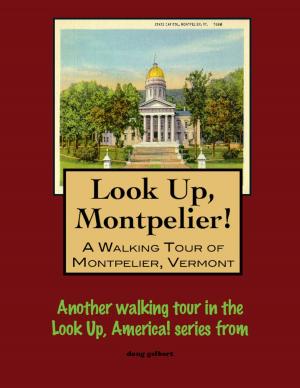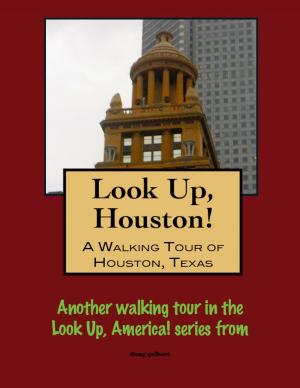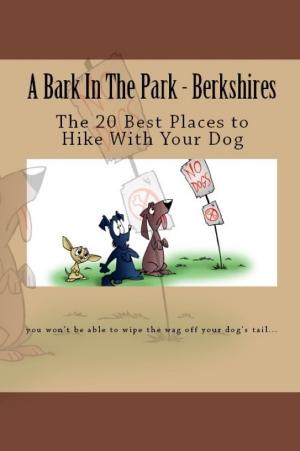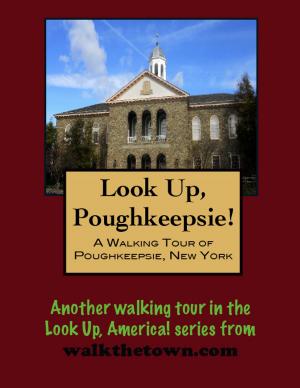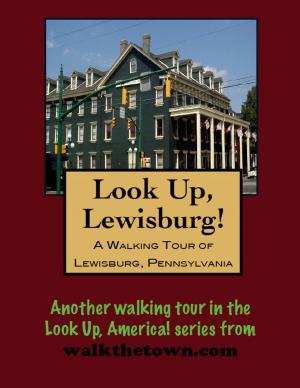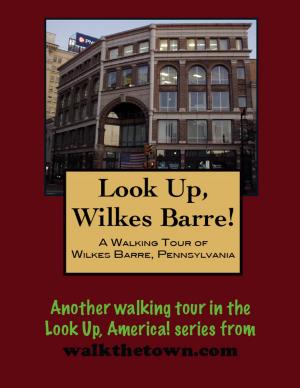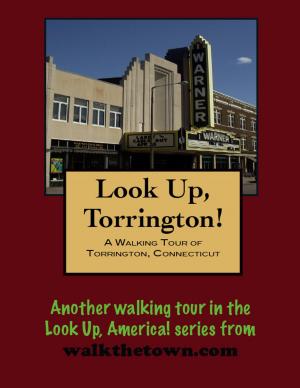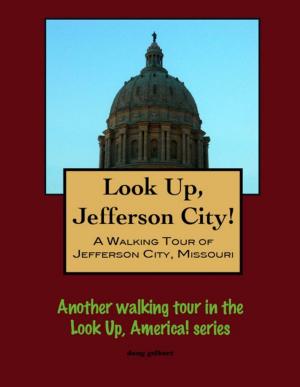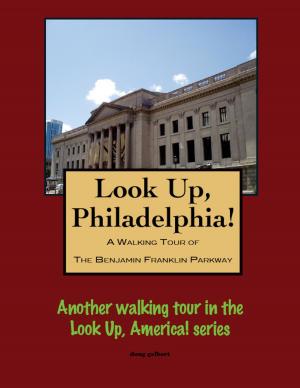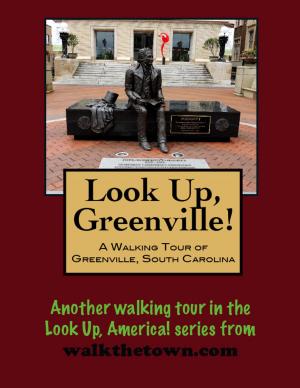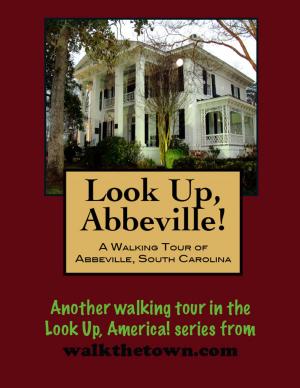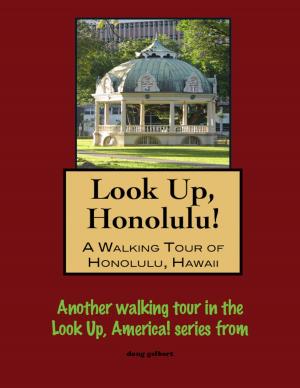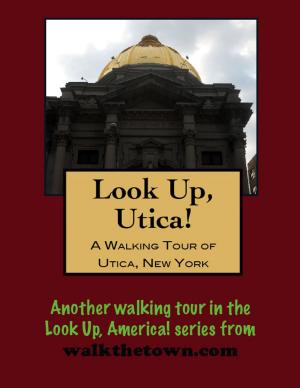Look Up, Oklahoma City! A Walking Tour of Oklahoma City, Oklahoma
Nonfiction, Travel, History, Americas| Author: | Doug Gelbert | ISBN: | 9781301017973 |
| Publisher: | Doug Gelbert | Publication: | December 12, 2012 |
| Imprint: | Smashwords Edition | Language: | English |
| Author: | Doug Gelbert |
| ISBN: | 9781301017973 |
| Publisher: | Doug Gelbert |
| Publication: | December 12, 2012 |
| Imprint: | Smashwords Edition |
| Language: | English |
There is no better way to see America than on foot. And there is no better way to appreciate what you are looking at than with a walking tour. This walking tour of Hollywood, California is ready to explore when you are. Each walking tour describes historical, architectural landmarks, cultural sites and ecclesiastic touchstones and provides step-by-step directions.
There is no better way to see America than on foot. And there is no better way to appreciate what you are looking at than with a walking tour. Whether you are preparing for a road trip or just out to look at your own town in a new way, a downloadable walking tour is ready to explore when you are.
When the sun set on this land on April 21, 1889 there was no town here. The next day when the sun went down there was an Oklahoma City with 10,000 settlers. At noon on the 22nd the federal government opened "unassigned lands," land not allocated for Indian reservations, to homesteaders who raced to stake a claim around a single thread of track on the Santa Fe Railroad. The "Boomers" who participated in the Land Run organized themselves, operating without legal municipal authority for more than a year. Right from the start supplies and newspapers and religious services could all be obtained by the settlers from tents scatted around the new town. Despite the presence of only a makeshift government it was only a rare occasion when the federalies needed to be summoned to maintain order.
Unlike boomtowns born of gold or silver, Oklahoma City was not withering away. The town became a vigorous trade center for the new territory, serving farmers and ranchers. When Oklahoma joined the Union in 1907 the capital was wrested away from Guthrie and the population had increased sixfold from the original 10,000 by 1910. It was by far the biggest town in Oklahoma.
On December 3, 1928 oil was discovered within the city limits and hundreds of derricks sprouted in backyards and even on the lawn of the Capitol Building. By 1930 the population of Oklahoma City was approaching 200,000 and the town has not looked back since.
Not that there have not been missteps along the way. In 1965 the Central Business District General Neighborhood Renewal Plan drawn up by urban planner I.M. Pei, was formally adopted. The "Pei Plan," as it was known, called for widespread demolition of a 528-acre swath of Oklahoma City to make way for "superblocks" of integrated housing and retail and office space. The plan was implemented for about 15 years after which the town had gained a convention center, a garden and scores of more parking lots but not much else. What it lost were hundreds of historic buildings, including a handful of cherished city landmarks.
In the 1990s a billion more dollars, much of it from a five-year penny sales tax, was pledged to redevelop Oklahoma City's central core. This time wrecking balls were deployed more judiciously and the civic projects undertaken have met with considerably more favor. In the past decade Oklahoma City has attracted corporate headquarters, its first major league sports franchise and residents back to downtown. But before we see what managed to survive and what has been added to the Oklahoma City streetscape our walking tour will begin at the best thing to come out of the town's checkered efforts at urban renewal...
There is no better way to see America than on foot. And there is no better way to appreciate what you are looking at than with a walking tour. This walking tour of Hollywood, California is ready to explore when you are. Each walking tour describes historical, architectural landmarks, cultural sites and ecclesiastic touchstones and provides step-by-step directions.
There is no better way to see America than on foot. And there is no better way to appreciate what you are looking at than with a walking tour. Whether you are preparing for a road trip or just out to look at your own town in a new way, a downloadable walking tour is ready to explore when you are.
When the sun set on this land on April 21, 1889 there was no town here. The next day when the sun went down there was an Oklahoma City with 10,000 settlers. At noon on the 22nd the federal government opened "unassigned lands," land not allocated for Indian reservations, to homesteaders who raced to stake a claim around a single thread of track on the Santa Fe Railroad. The "Boomers" who participated in the Land Run organized themselves, operating without legal municipal authority for more than a year. Right from the start supplies and newspapers and religious services could all be obtained by the settlers from tents scatted around the new town. Despite the presence of only a makeshift government it was only a rare occasion when the federalies needed to be summoned to maintain order.
Unlike boomtowns born of gold or silver, Oklahoma City was not withering away. The town became a vigorous trade center for the new territory, serving farmers and ranchers. When Oklahoma joined the Union in 1907 the capital was wrested away from Guthrie and the population had increased sixfold from the original 10,000 by 1910. It was by far the biggest town in Oklahoma.
On December 3, 1928 oil was discovered within the city limits and hundreds of derricks sprouted in backyards and even on the lawn of the Capitol Building. By 1930 the population of Oklahoma City was approaching 200,000 and the town has not looked back since.
Not that there have not been missteps along the way. In 1965 the Central Business District General Neighborhood Renewal Plan drawn up by urban planner I.M. Pei, was formally adopted. The "Pei Plan," as it was known, called for widespread demolition of a 528-acre swath of Oklahoma City to make way for "superblocks" of integrated housing and retail and office space. The plan was implemented for about 15 years after which the town had gained a convention center, a garden and scores of more parking lots but not much else. What it lost were hundreds of historic buildings, including a handful of cherished city landmarks.
In the 1990s a billion more dollars, much of it from a five-year penny sales tax, was pledged to redevelop Oklahoma City's central core. This time wrecking balls were deployed more judiciously and the civic projects undertaken have met with considerably more favor. In the past decade Oklahoma City has attracted corporate headquarters, its first major league sports franchise and residents back to downtown. But before we see what managed to survive and what has been added to the Oklahoma City streetscape our walking tour will begin at the best thing to come out of the town's checkered efforts at urban renewal...
